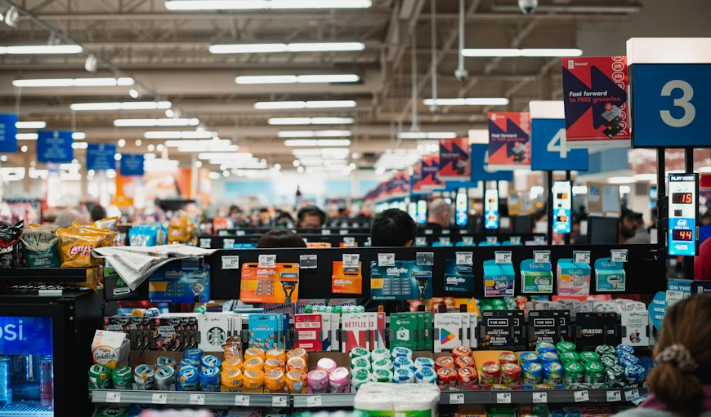
How Consumer Spending is Shaping the American Economy
Consumer spending is a cornerstone of the American economy, accounting for roughly two-thirds of the country’s gross domestic product (GDP). The patterns and behaviors of consumers not only drive demand but also influence business strategies, government policies, and overall economic growth. Understanding how consumer spending shapes the American economy reveals why it remains a critical indicator of economic health and future trends.
The Role of Consumer Spending in the Economy
At its core, consumer spending reflects the total amount of money individuals and households spend on goods and services, including essentials like food and housing, as well as discretionary items such as entertainment, travel, and luxury products. When consumers spend more, businesses see increased revenue, which often leads to job creation, higher wages, and investment in expansion. Conversely, when spending slows, it can signal economic caution or downturns.
Post-Pandemic Shifts in Consumer Behavior
The COVID-19 pandemic dramatically altered consumer spending habits. Early in the pandemic, spending on travel, dining, and entertainment plummeted, while online shopping and home-related products surged. As the economy reopened, pent-up demand fueled significant growth in sectors like travel, dining out, and retail. This shift demonstrated how consumer preferences adapt quickly to changing circumstances, impacting which industries thrive or struggle.
Influence on Business and Employment
Businesses closely monitor consumer spending trends to make critical decisions about production, inventory, and staffing. For example, increased consumer demand can encourage companies to hire more employees, raise wages to attract talent, or invest in new technologies to improve efficiency. In contrast, decreased spending might lead to cutbacks, layoffs, or price adjustments.
Small businesses, in particular, feel the direct impact of local consumer spending patterns. Communities with strong consumer confidence often see vibrant small business ecosystems, which in turn support local economies and job markets.
Consumer Spending and Inflation
Inflation, the general rise in prices over time, also interacts with consumer spending in complex ways. When inflation rises sharply, consumers may reduce spending on non-essential goods, affecting sectors like retail and hospitality. However, consistent consumer spending can signal that demand remains strong, even amid rising prices, which can perpetuate inflationary pressures.
Central banks, such as the Federal Reserve, watch consumer spending closely to determine interest rate policies. If spending is robust and inflation is rising, the Fed might increase rates to cool the economy, while weak spending could lead to rate cuts to stimulate growth.
Government Policy and Consumer Confidence
Consumer spending also influences government policy. Strong spending can boost tax revenues, allowing for increased public investments or debt reduction. On the other hand, policymakers might introduce stimulus measures, tax breaks, or social programs during economic slowdowns to encourage spending and support growth.
Consumer confidence indexes, which measure how optimistic people feel about their financial situation, are crucial indicators for economists and policymakers. High confidence typically translates into increased spending, whereas uncertainty or pessimism can lead to saving and reduced consumption.
Future Trends: Technology and Sustainability
Looking ahead, technology continues to reshape consumer spending habits. E-commerce, digital payments, and personalized marketing enable more convenience and tailored experiences, driving new spending patterns. Additionally, a growing emphasis on sustainability is influencing consumers to support environmentally friendly products and companies, pushing businesses to adapt their offerings accordingly.
Conclusion
Consumer spending remains a powerful force shaping the American economy. It drives business growth, influences employment, impacts inflation, and guides government policy. As consumer behaviors evolve with societal changes, technology, and economic conditions, keeping an eye on spending trends is essential for understanding the broader economic landscape and preparing for the future.
Also Read:
Tom Blomfield: Monzo Founder Driving Modern Banking
Personal Finance Tips for Americans in 2025
U.K. Business Bank Increases Direct Investment in Startups